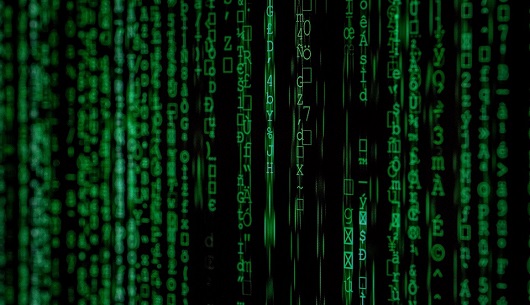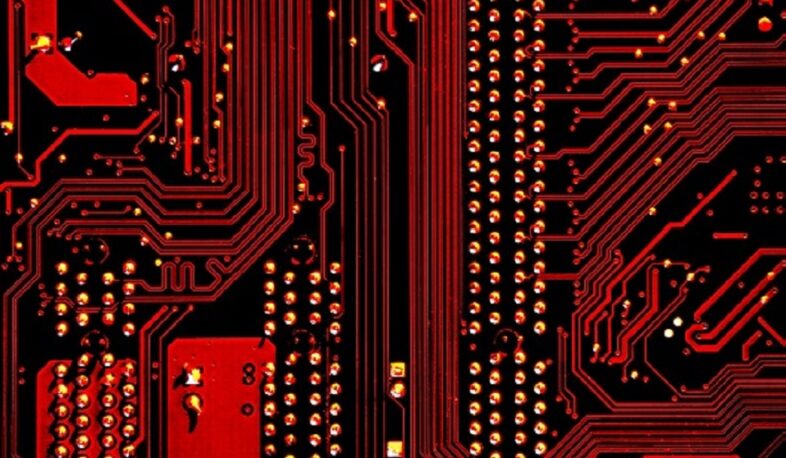In addition to the intense race for the most effective vaccine against COVID-19, another scientific quest is rapidly advancing in the world. It is no longer the one for supremacy in space exploration and technology. Now, scientists and governments have turned their eyes to the small things: photons, electrons, and atoms. First evolved in the 20th century, the principles of quantum mechanics have led researchers to entertain the idea of a completely different machine: the quantum computer.
Since it is able to solve problems that cannot be tackled by classic machines, such an invention would call traditional cryptography into question by taking on issues that range from the reliability of Internet transactions to national security itself. As a mechanism for data protection and security, encryption rearranges a message in such a way that it can only be read by authorized receivers who know the key to decrypt the text. A quantum computer could easily crack that key and decode the data.
“In the past, the United States and Russia were the two dominant world powers. Nowadays, the struggle is between China and the U.S., and it is pretty intense. The United States undoubtedly wins in terms of development and research/exploitation on quantum computing, but China is the current world leader if you consider what we call quantum information, which is more comprehensive, encompassing quantum cryptography and communication”, explains Professor Hilma Vasconcelos, a professor of the Teleinformatics Engineering Department at the Federal University of Ceará (UFC).
The researcher works on Quantum State Tomography (QST). Since it is not possible to perform a direct measurement in these states, she has looked for ways to detect if a particular state has, in fact, been generated.

“The whole idea is to compare what you have with what you think you have. It is a lot like getting a knee scan because you suspect you have a problem there. When you get to the lab, no one is going to saw your knee open and look inside. What do they do? They take several 2D images of the knee and create a 3D rendering from those images. This is the idea behind quantum state tomography: you make projections and take some measurements, but unlike direct measurements, these will not destroy your state”, the professor illustrates.
The research is conducted in partnership with the physicist Scott Glancy, with whom professor Vasconcelos has been working for the past 15 years, since her time earning her doctorate at the University of Notre Dame, in the United States.
BIT VERSUS QUBIT
While a classic device is based on the bit, the smallest unit of information in computing, quantum machines explore the qubit. A traditional computer encodes information in terms of the absence or presence of a certain thing, like a chain. It is, therefore, a binary system.
Conversely, quantum computers allow for a greater storage and coding capacity due to the particle properties. “Instead of just ones or zeros, you can have an overlap, or superposition, of the two”, Hilma Vasconcelos states. The idea behind quantum computing is to encode information in a quantum superposition in lieu of measuring it to find out what state it is in. The reason for that is: in a direct measurement, the superposition collapses and the information is lost.
Another important property is quantum entanglement. Sometimes called spooky action at a distance, entanglement happens when two quantum particles are connected in a way such that one cannot be described without mentioning the other, even if they are separated by a large distance. This is a highly important property, since it allows information to be teleported from one place to another without sending matter or energy. In other words, it could involve encoding information from one electron and transmitting it to another, distant electron without any interaction between them, to name one example.
QUANTUM OR NOT?
One of the downsides of quantum systems, however, lies in their susceptibility; they interact with the environment and thereby easily lose information. This is one of the reasons why it is not easy to prove whether a particular device is a quantum machine or not. In 2019, Google announced the invention of what would be a quantum computer. Before that, in 2016, IBM had made available what would be the first quantum computer for remote and public access, the IBM Quantum Experience. With this platform, the goal was to enable anyone to simulate and perform computing tasks on a quantum computer.
In an article published in Nature, the Google team describes how an internal chip, called Sycamore, solved in a matter of minutes a mathematics problem that would take 10 millennia to be solved by the best supercomputer available.

“What the team demonstrated is exactly what we call a quantum advantage: for the first time, a quantum computer has surpassed a classic one. In a few years, we have moved on from D-Wave, a machine that is not a general-purpose quantum computer, to a demonstration of the quantum advantage”, professor Vasconcelos explains.
Chinese scientists authored a more recent advancement in the field. In a 2020 article published in Science, they describe the utilization of their own quantum computer, Jiuzhang, for obtaining certain results in a matter of minutes. “Our estimate is that we would need more than 2 billion years to arrive at these same results on one of the most powerful supercomputers now available in the world”, she emphasizes, adding that the technology used for the Chinese group’s quantum computer is different from Google’s.
Another interesting article in this month’s Nature reported that robots learn faster with quantum technology.
The physicist also reports that researchers in the field believe there will probably never be a completely quantum computer available for commercial use, but rather a hybrid device. “The hardware part is probably going to be one of these implementations: superconductors, ion traps, among others. But the exchange of information must be accomplished through photons because we are now able to send photons from one place to another, all the time and very easily, through optical fiber”, she reveals.
INFORMATION TRANSMISSION
Vasconcelos has also co-authored an article of considerable relevance in the field, published in Science in May of 2019. “Quantum gate teleportation between separated qubits in a trapped-ion processor” presents an experiment that proposes a way to improve the transmission of information through quantum computers. The research contributed to the study of ways to make qubits (quantum bits) interact over increasingly greater distances, which is necessary as the scale of quantum processors increases.
The study results from the professor’s research at the National Institute of Standards and Technology (NIST) and at the University of Colorado, in the United States, during her postdoctoral fellowship. The UFC professor belonged to the team of the NIST’s Applied and Computational Mathematics Division, which developed the study’s theoretical and statistical models.
Source: Hilma Vasconcelos, professor of the Teleinformatics Engineering Department at the Federal University of Ceará (UFC) – email: hilma@ufc.br
Translation: Isabelly Maia – Research Assistant at UFC’s Translation Laboratory (LETRARE/PROINTER)



